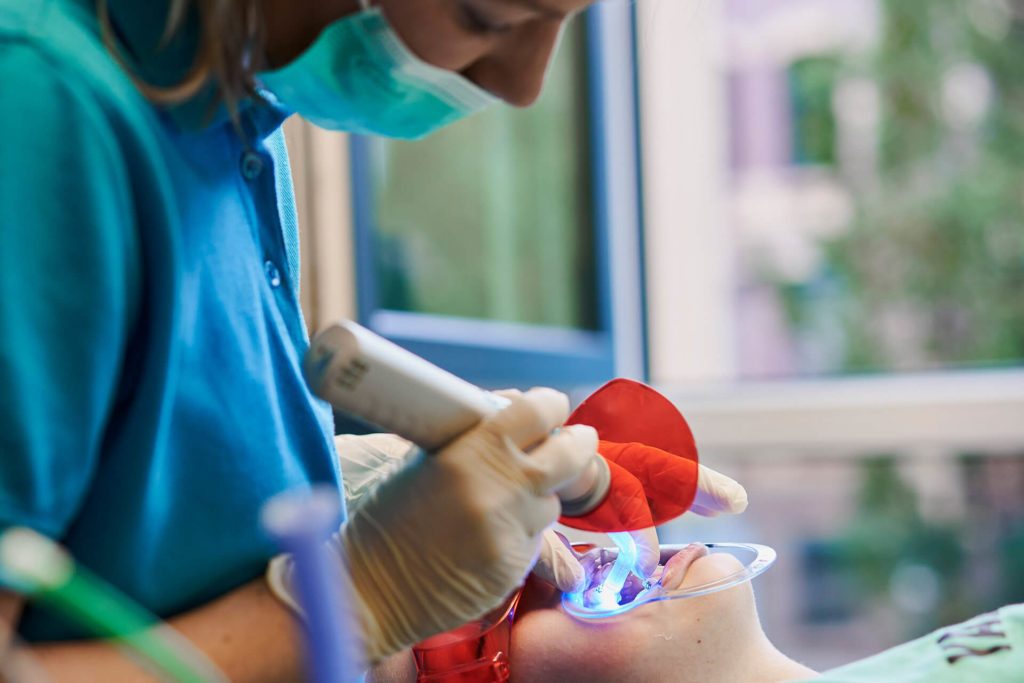While brandishing a reliable daily routine is important to keep up with the rhythm of your practice, it is also mighty crucial for you to bear in mind the timing of a patient’s treatment period and how long the appointment intervals have to be. A fixed braces treatment typically lasts 12 to 18 months. From a biological standpoint, you can time the appointment intervals about six to eight weeks apart.
Within a treatment period itself, the timing looks something like this: We have a phase with a removable brace, then a fixed brace, and finally the retention phase. You can predict what happens at what time and when certain intermediate goals must be reached.
For example:
A 12-year-old boy needs to wear a TwinBlock for Class II therapy. The wear period for it should be 14 to 16 hours per day over a period of 12 to 18 months. Also within this period lies a certain timing determined by the biological reaction to wearing the equipment. The first phase is the habitual-muscular adaptation that is usually to be expected after 8 weeks of sufficient wear. The second phase, the structural-skeletal adaptation will take place at about six months.
Since these phases build on each other, it results in a minimum wearing time of an average of 8 months in more than 80 percent of cases. Now, in the example, they estimate 12 months for a functional orthodontic treatment followed by a multiband. But since the patient fails to wear it in the beginning, habitual muscular adaptation has not yet set in after 8 months. This means that the total treatment time is extended accordingly.
After a reminder, the patient begins wearing the appliance more regularly and the desired habitual-muscular adaptation is finally achieved after 10 months. Since the structural-skeletal phase, as a fairly inflexible block, shifts backward, and the orthodontic treatment must be continued. But now the parents request the fixed braces due to ill-compliance from the child. Do you agree?
Unfortunately, the consequence, if you do agree to this erroneous exchange, is that the habitual-muscular adaptation recurs during the levelling phase. This means that not all teeth are straightened and the occlusion is the same (flawed) as before. So, what makes more sense? It is a wise decision for you to extend the functional orthodontic phase for stabilization according to the biological requirements and then to change it.
Additionally, it is not only the timing of the entire treatment over a fairly long period that makes sense but also the timing that is to apply to a small time frame. Any treatment appointment of 15 minutes should last 15 minutes and no longer. Doing so allows the daily routine to flow uninterrupted and the overall work process to be more optimized.

